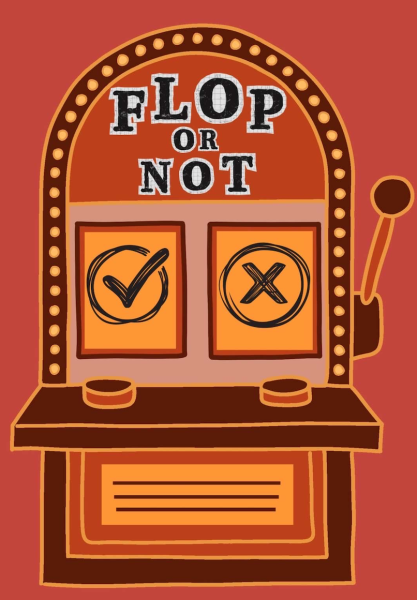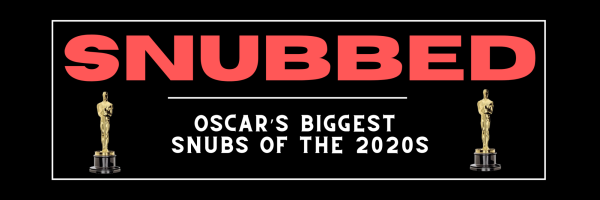Protect Our Right to Read
Photo: Sienna Lightman
On Jan. 10, a school board in Tennessee voted unanimously to remove “Maus” by Art Spiegelman — a Pulitzer-Prize winning graphic novel about the Holocaust — from their eighth-grade curriculum. The book was deemed “too adult-oriented” in an official statement released by the McMinn County Board of Education following public backlash due to the decision.
Why do people care so much? What makes this book special enough to win a Pulitzer Prize and also be pulled from schools?
“Maus” follows the true story of Spiegelman’s parents during World War II and their time in concentration camps. It’s been widely praised by critics and readers alike, with over 150,000 votes and a 4.5 star rating on popular book-reviewing site Goodreads.
Taking a scroll through the thousands of reviews posted on the site will show you exactly why people love this book so much — enough for it to have shot to the top of Amazon charts when news of its removal made headlines. Readers rave about “Maus” for myriad reasons, but most notably the clever metaphors embedded in Spiegelman’s portrayal of Nazis as cats and Jews as mice.
The McMinn County Board of Education weren’t fans. Board member Tony Allman went as far as to claim that the book was “enabl[ing] or somewhat pro- mot[ing] this kind of stuff,” with the “stuff” in question being deaths caused in concentration camps and the eventual suicide of Spiegel- man’s mother, along with “rough, objectionable language,” according to the official minutes from the Jan. 10 meeting.
This raises all kinds of questions: Is “Maus” “promoting” the Holocaust? Should it be removed from school curriculum? What about other books that are “adult-oriented”?
Ms. Leah Dorsett, St. George’s librarian of 17 years, doesn’t think so.
“When I went to library school,” she said, “one of the tenets that was taught to us was: if you are comfortable with every single book you have in your collection, you’re not doing it right.”
“There are things in [the St. George’s’] library that make me uncomfortable,” she said, “but they’re there because they serve a purpose.”
For the record, you’ll find “Maus” on the shelves of the middle and upper school library.
“Maus” isn’t the first book to face scrutiny within schools. Far from it, actually.
The recorded practice of literary censorship dates back to Grand Counselor of the Chinese emperor, Li Ssu, ordering a bonfire of books in 213 BC. Historian Lois Mai Chan said that this action was taken because, from a political standpoint, “nonconforming thoughts and ideas must be suppressed.”
In 1933, Nazi Germany held a bonfire in which works by prominent Jewish authors were burned for being “un-German,” according to the United States National Holocaust Museum. In the 1960s, American movements set their sights on books like Harper Lee’s “To Kill A Mockingbird” while national fights for civil rights picked up in pace.
In times of revolution, backlash and civil uproar, opposing parties target books that don’t promote the ideas they want promoted.
In the American Library Association’s report on the top 10 most challenged books of 2020, 60% were contested because of their depictions of racism and police violence, and the remaining 40% spoke frequently about gender and sexuality.
According to the ALA’s office for intellectual freedoms, in 2019 of the groups that initiate challenges 45% are library patrons, 13% are school board members or administration, 15% are political groups, religious groups, or elected officials, 8% are teachers, and only 1% of challengers are students.
The students, the ones being taught, aren’t the people who have a problem. Their parents, administrators and community leaders are the ones who do — the ones who attempt to control the information they can and cannot receive. Two thousand years have passed since Li Ssu and his bonfire, and literary censorship hasn’t gone anywhere. Ms. Dorsett holds the opinion that it’s the responsibility of the aforementioned library patrons to curate their own literary experience.
“If they’re uncomfortable with something that they find in a textbook, or in a magazine, or in a book from the library,” she said, “then it’s up to them to have a conversation and then come back to me, and I can help them find something else.”
And that, it seems, is the point of all this. Not that some books aren’t vulgar or morally objectionable, because some certainly are, but that readers should be the ones to make the choice of what they read.












